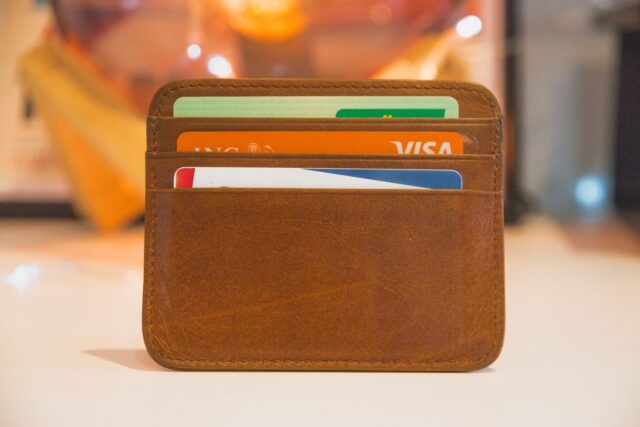Budgeting can be intimidating if you’ve never done it before, but it’s one of the best things you can do for yourself financially. A good budget allows you to be in control of your money instead of the other way around. And it can also eliminate stress and make reaching your financial dreams more achievable. With Budgeting for Beginners: A Step-by-Step Guide, you can achieve what you are looking for.
Step 1: Determine Your Monthly Income
Start by calculating exactly how much you make per month. That’s your salary, side jobs, benefits, or whatever other money you make.
- Use your take-home pay after taxes and deductions.
- If you’re not making the same amount every month, average it for the last 3 months.
Your income is the foundation of your budget — you can’t budget how you spend money without knowing it.
Step 2: Track Your Expenses
Before you make a budget, you need to know where your money is going.
- For at least 30 days, track every expense big and small.
- Don’t forget fixed expenses like rent, utilities, and subscriptions.
- Don’t forget variable expenses like groceries, dining out, or gas.
You can use a notebook, spreadsheet, or apps like EveryDollar or PocketGuard to keep it easy.
Step 3: Group Your Spending
Break your spending into categories:
- Needs: Essentials like rent, groceries, utilities, transportation, and insurance.
- Wants: Discretionary spending like dining out, entertainment, and hobbies.
- Savings/Debt: Emergency savings, retirement savings, or debt repayment.
Knowing this helps you prioritise and see where to cut back if you need to.
Step 4: Use the 50/30/20 Rule as a Guide
One popular budgeting method is the 50/30/20 rule:
- 50% of your income pays for needs
- 30% pays for wants
- 20% pays for savings and debt repayment
This is a good rule, although you can adapt it to your requirements and situations.
Step 5: Set Spending Limits for Each Category
Allocate a reasonable spending limit to each category based on your income and expenses. Here, be practical — don’t cut back too hard, or you will not be able to stick to the budget.
Step 6: Choose a Budgeting Tool
Regardless of pen and paper or technology being your thing, select something which you can maintain consistently. Some popular apps are:
- Mint (tracks income, bills, and expenses)
- YNAB (You Need A Budget) (perfect for budgeting ahead)
- Goodbudget (envelope system budgeting)
Step 7: Regularly Review and Rebalance
Your budget is not set in stone. Check it over every week or month and adjust as your income or spending changes. Things happen maybe a subscription ends or your rent increases — so be flexible.
Step 8: Establish an Emergency Fund
Put 3–6 months’ worth of your necessary costs in a separate savings account. This fund is your financial safety net for unexpected expenses like a doctor’s bill or auto repair.
Also Read: 10 Simple Ways to Save Money Weekly
Step 9: Create Specific Financial Goals
Budgeting is easier when you have something in mind that you’re working towards. Goals can include:
- Getting out of debt
- Saving for a vacation
- Buying a home
- Retirement savings
Make your goals specific and refer to them often.
Step 10: Stay Consistent and Patient
Budgeting is a skill like any skill, repetition is what makes it perfect. Don’t let setbacks frustrate you. Treat yourself, be regular, and your financial handling will improve over time.
Final Thoughts
Budgeting is overwhelming, but in little by little, it becomes second nature. When you have a good grasp on your income and expenses, you’ll be in control and able to make smart financial decisions.
This Budgeting for Beginners: A Step-by-Step by Guide is here to help you, not the opposite. Modify it so it fits your life and takes you where you want to be without you missing out on anything.


